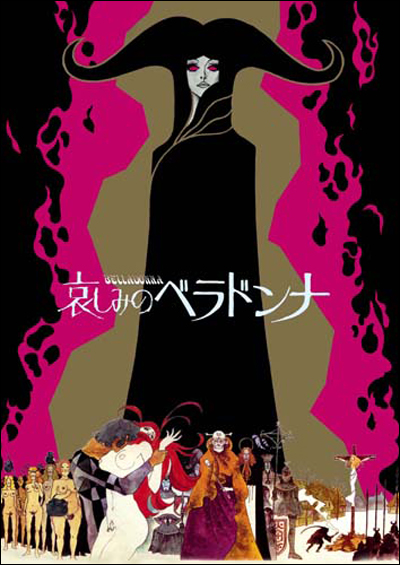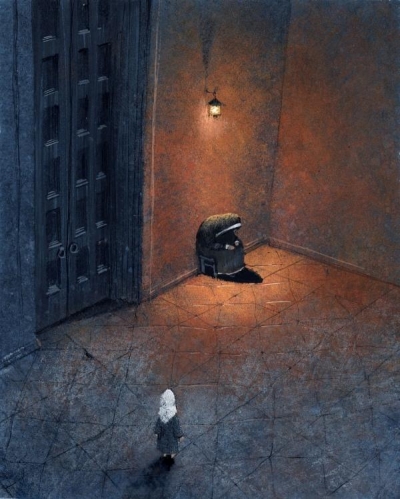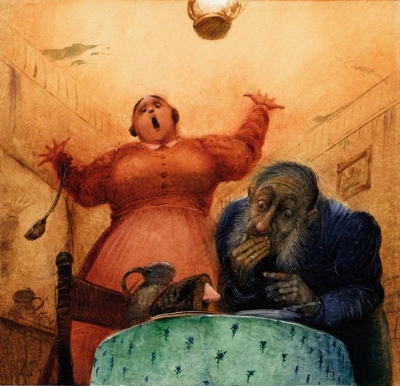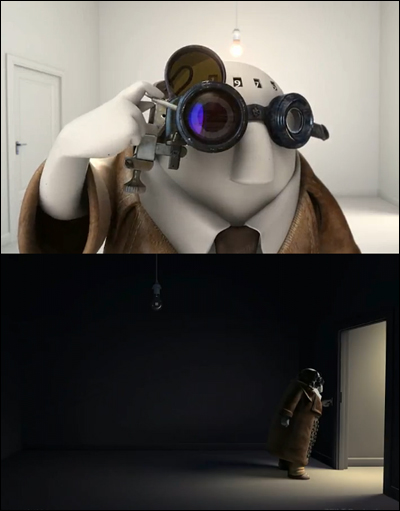The Friday Afternoon Movie: Superman
Up in the sky, look! It’s a bird! It’s a plane. It’s…Superman!
Faster than a speeding bullet! More powerful than a locomotive! Able to leap tall buildings in a single bound!
Thus goes, perhaps, the most famous of all superhero tag-lines. Running from 1941 to 1943, seventeen episodes of Superman were released by Paramount Pictures. The series is commonly referred to as the Fleischer Superman cartoons though this is a bit of a misnomer as only the first nine episodes were done by the studio of brothers Max and Dave. The last eight were done by Famous Studios, after Paramount took over Fleischer Studios and ousted its founders, and would see an increased focus of WWII-era propaganda and feature some uncomfortable racial depictions.
I’ve been a fan of these cartoons since watching them on a cheap VHS collection when I was a child. The series is beautifully animated especially when one considers that most animators at Fleischer studios had little figure-drawing knowledge. While much of the series was rotoscoped (a technique that Max Fleischer invented) there was no way it could be used for, say, scenes in which Superman was flying. As such, they had their assistants who did understand figure-drawing go over their roughs to keep Superman looking like Superman. It’s also interesting to note that, not only was the cartoon responsible for the “It’s a bird! It’s a plane!” line but also for giving the Man of Steel the ability to fly, previously his ability being limited to spectacular leaps.
Fleischer Studios:
•Superman (or The Mad Scientist)
•The Mechanical Monsters
•Billion Dollar Limited
•The Arctic Giant
•The Bulleteers
•The Magnetic Telescope
•Electric Earthquake
•Volcano
•Terror on the Midway
Famous Studios:
•Japoteurs
•Showdown
•Eleventh Hour
•Destruction, Inc.
•The Mummy Strikes
•Jungle Drums
•The Underground World
•Secret Agent
For those who don’t necessarily wish to wade through all seventeen, the Fleischer episodes are unsurprisingly superior, if only for the fact that their stories are much more interesting. The sci-fi leanings of these, complete with evil scientists, robots, and death rays avoid the sour taste left by buck-toothed Japanese caricatures and African natives. An in-depth look at the series can be found here, if your interested in learning more about it.








